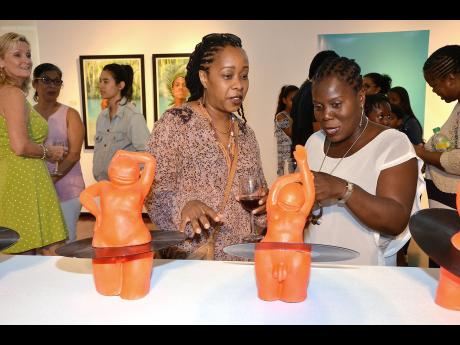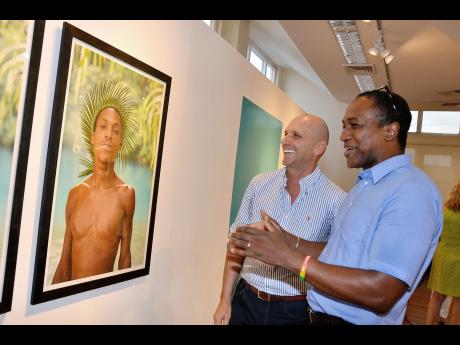Contemporary artists on show at MoBay Cultural Centre
Claude McKay's words, "I shall return again", were evident in the pieces on show by contemporary artists Monique Gilpin, Cosmo Whyte, brothers Nile and Storm Saulter, and Leasho Johnson, whose works were on show at the Montego Bay Cultural Centre on Sunday.
In fact, there was a sense of belonging as each artist dealt with their own issues, social or psychological, on a more personal basis.
One thing that was common among them was that their work was par excellence, and there was a need for more exhibitions of this kind in the city not renowned for its cultural expressions.
Gilpin's porcelain disposition was a hit. So was Johnson's 'How to Kill a Sound Boy', which complemented Whyte's 'Cheaper to Keep Her', which depicted Princess Margaret's visit to Jamaica in 1962 for the island's Independence celebration.
Whyte's tongue-in-cheek title foreshadows the challenges of self-governance. The image addresses the ritual marking the transition from colonial subject to independent nation. The markings are subversive and challenge the power dynamic present in the image.
Princess Margaret is on a parade greeting children and others lining the route.
Meanwhile Gilpin's pieces pretty much reference figures and are actual photos of bodies in an actual place.
Her only enhancement was the sheen on the bodies.
"These were created based on a longing for stability," the artist told The Gleaner.






